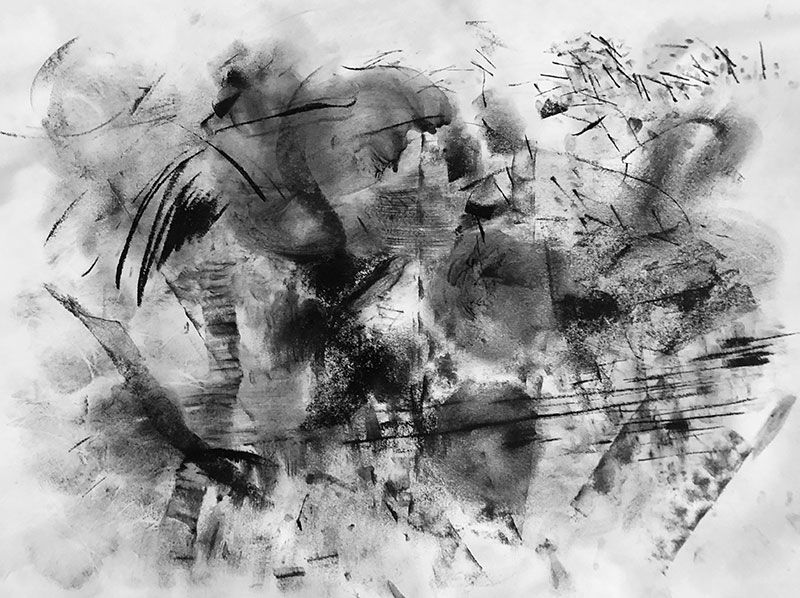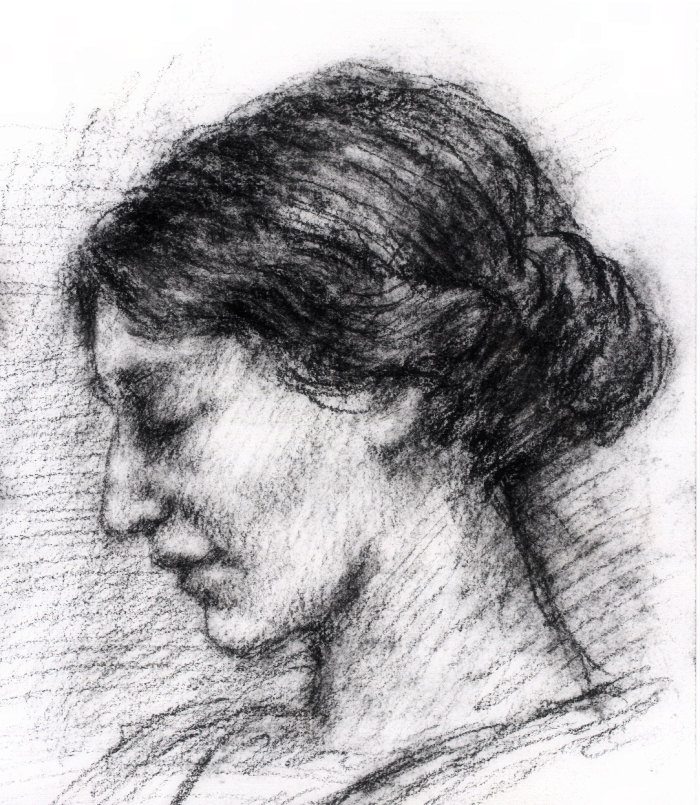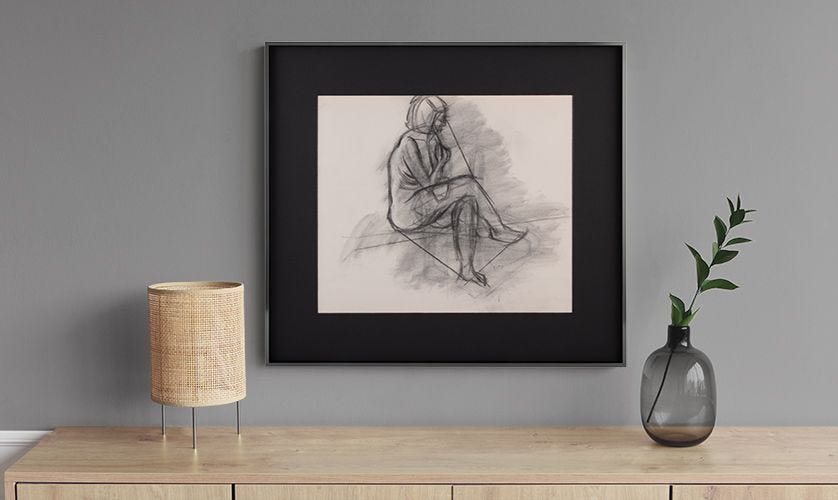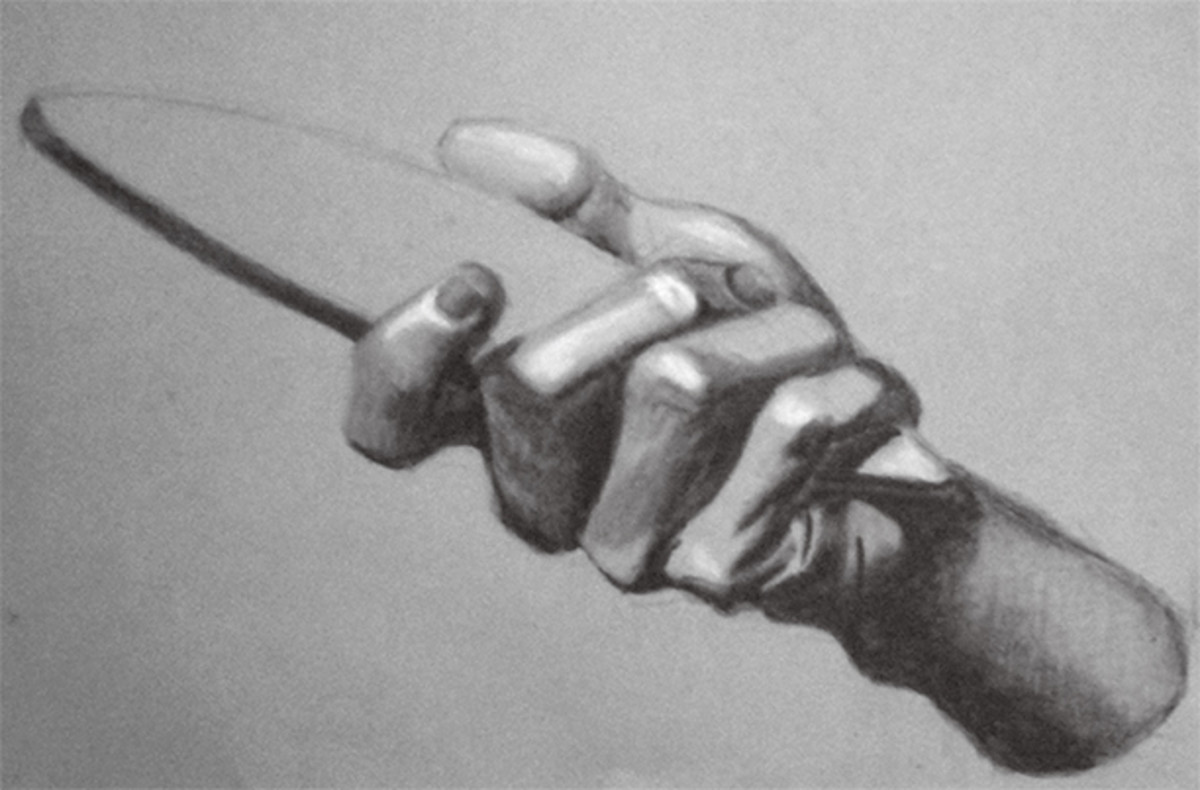The art of drawing with charcoal extends back centuries and remains popular among artists for its versatility and rich black tones. Charcoal allows artists to capture a wide spectrum of shades, from the deepest blacks to the softest grays. Selecting the right kind of charcoal is essential for any artist looking to harness the full potential of this medium. This guide will delve into the various types of charcoal available, how to choose the best charcoal for different artistic effects, and tips for maintaining and using your charcoal effectively.
Types of Charcoal for Artists
Understanding Hard, Soft, and Vine Charcoal
Charcoal comes in various forms, each suited for different drawing styles and techniques. Hard charcoal produces a finer, sharper line and is often used for detailed work where precision is key. Soft charcoal, in contrast, is ideal for creating rich, dark lines and is easily smudgeable, making it perfect for shading and blending. Vine charcoal, made from fine-grained wood such as willow, provides a wide range of tones and is easily erasable, thus an excellent choice for sketches and initial layers in a drawing.
Compressed Charcoal and Charcoal Pencils
For intensity and durability, artists often turn to compressed charcoal. It is made by grinding charcoal and then compressing it with a binder, resulting in a range of sticks that vary in hardness and darkness. Compressed charcoal sticks can deliver more dramatic and intense lines. Charcoal pencils, encased in wood like graphite pencils, offer control and precision without the mess. These tools are well-suited for fine detailing and adding sharp, clean edges to your work.

Selecting Charcoal for Different Effects
Achieving Depth with Layering Techniques
To create a sense of depth and volume in your drawings, use a combination of different types of charcoal. Begin with vine or soft charcoal to lay down the base tones and establish the general composition. Add darker shadows and refined details with compressed charcoal or charcoal pencils. By layering and blending various charcoal forms, you can produce a more nuanced drawing that truly represents the visual richness of your subject.
Capturing Texture and Contrast
The charcoal you choose can greatly affect the texture of your drawing. Soft and vine charcoals are excellent for rendering the soft textures of subjects like clouds, skin, or fog. Hard charcoal and charcoal pencils, on the other hand, are better for achieving the crisp lines needed to depict textures like hair or grass. Remember to play with contrast, using the natural black paper as your darkest shadows and building up to the lighter grays to create a compelling and realistic portrayal.

Maintaining and Using Your Charcoal
Keeping Your Charcoal in Top Condition
Charcoal can be fragile, and proper maintenance is essential to prevent unnecessary breakage and wastage. Store your charcoal in a protective case or pouch when not in use. Keep your charcoal pencils sharp with a hand sharpener or knife for consistent line quality. When working with soft or vine charcoals, a gentle touch is important to prevent them from breaking, and a rolled paper towel or cloth can be used for blending without putting too much pressure on the sticks.
Efficient Usage to Minimize Waste
Understanding the efficient use of charcoal helps in minimizing waste and making the most out of each piece. Use the side of vine or soft charcoal sticks to cover large areas quickly. For areas where precision is less critical, utilize the charcoal remnants or broken pieces. This practice not only saves materials but also gives you a broader range of marks and textures to work with.

Perfecting Your Technique Through Practice
Experimentation as a Path to Mastery
The most effective way to find the charcoal that works best for you is through experimentation. Practice drawing with each type of charcoal to understand how they react to different pressures and blending methods. Over time, you’ll develop a preference for certain charcoals and a reliable sense of which type to use for the effects you wish to achieve.
Growing Your Artistic Range
As you become adept with various charcoals, challenge yourself to expand your artistic range. Try combining charcoal with other media, such as graphite or ink, to create mixed media drawings. Experiment with different drawing surfaces as well, from smooth to textured papers, to see how the charcoal behaves. With each drawing, you’ll learn more about the medium and refine your own unique style.

Harnessing the Full Spectrum: Blending and Erasing Techniques
Mastering Tonal Transitions
The key to creating depth in charcoal drawings is mastering smooth tonal transitions. Blending is a technique you must practice to achieve this. You can use various tools for blending, such as blending stumps, chamois, or even your fingers. Blending allows the artist to smooth out hard lines, merging the darks into lights to create a sense of three-dimensionality. The goal is to avoid abrupt transitions unless they are part of the artistic expression or focal point.
Dynamic Lighting with Erasers
Erasers aren’t just for correcting mistakes when it comes to charcoal; they’re also an essential drawing tool. A kneaded eraser is malleable and can be shaped to lift charcoal from the paper delicately. This technique can bring forth highlights and refine edges, creating dynamic lighting effects. The ‘drawing with an eraser’ method can produce a range of textures by varying pressure and shape, adding complexity and detail to your artwork.

Expanding Artistic Expressions
Integrating Charcoal with Other Mediums
As artists grow more comfortable with the behavior of charcoal, the exploration of mixed media can further expand one’s creative expression. Incorporating charcoal with watercolors or acrylics can lead to intriguing effects since charcoal can either resist or combine with these mediums. Adding charcoal to a multimedia artwork can contribute depth and structure, often providing the strong focal points and contrast that bring balance to a piece.
Beyond Paper: Charcoal on Alternative Surfaces
Charcoal needn’t be confined to paper; exploring other surfaces can yield exciting results and push the boundaries of traditional charcoal drawing. Canvas, wood panels, or even textured fabrics can accept charcoal, each offering unique textures and reactions. These alternative surfaces can hold the charcoal differently and may require specific fixatives or sealers to maintain the integrity of the work.
Charcoal drawing, with its deep blacks and rich grays, offers artists a unique avenue for expression. Selecting the proper charcoal for your work is crucial in capturing the essence of your subject matter. By understanding the properties of different types of charcoal and learning how to maintain and use them properly, you can unlock a world of creative possibilities. Remember, the journey to mastering charcoal drawing is one of continuous learning and exploration. So open your sketchbook, select your shades of gray, and start revealing the visual stories waiting to be told.